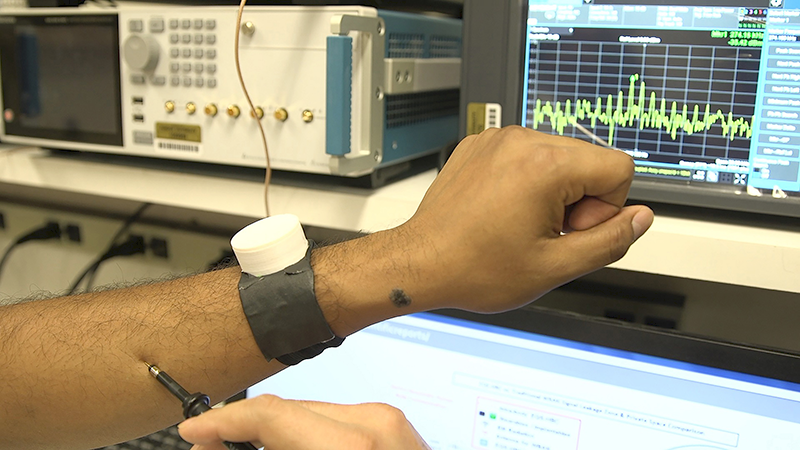
If a hacker wants to, he or she can hack your body-worn devices such as pacemakers and insulin pumps just by intercepting wireless signals, and put your life in danger. This hasn’t happened in real life yet, but researchers at Purdue University, who have been studying this problem intensely, have come up with a way to prevent hackers from hacking implantable devices.
Read more MiSafes Child-Tracking Smartwatches Can be Easily Hacked by Criminals
The work appears in the journal Scientific Reports. Study authors include Shreyas Sen, an assistant professor of electrical and computer engineering at Purdue, and his students, Debayan Das, Shovan Maity and Baibhab Chatterjee.
“We’re connecting more and more devices to the human body network, from smart watches and fitness trackers to head-mounted virtual reality displays,” said Sen, who specializes in sensing and communication systems.
“The challenge has not only been keeping this communication within the body so that no one can intercept it, but also getting higher bandwidth and less battery consumption,” he said.

As body fluids are able to carry electrical signals very well it makes it easier to send signals on and around the body via Bluetooth, which can be picked up within at least 10-meter radius of the person, reports Purdue University.
But Sen wants a more secured way for human body communication. His team has shown a method that don’t go beyond a centimeter off the skin and uses 100 times less energy than traditional Bluetooth.
The researchers invented a device that couples signals in the electro-quasistatic range, which is much lower on the electromagnetic spectrum. They are working with government and industry to incorporate this device into a dust-sized integrated circuit.
The idea would be to create a way for doctors to reprogram medical devices without invasive surgery. The technology would also help streamline the advent of closed-loop bioelectronic medicine – in which wearable or implantable medical devices function as drugs, but without the side effects – and high-speed brain imaging for neuroscience applications, according to the Purdue University report.
Read more Smart Pill can Deliver Drugs Following Smartphone Commands via Bluetooth
“We show for the first time a physical understanding of the security properties of human body communication to enable a covert body area network, so that no one can snoop important information,” Sen said.











